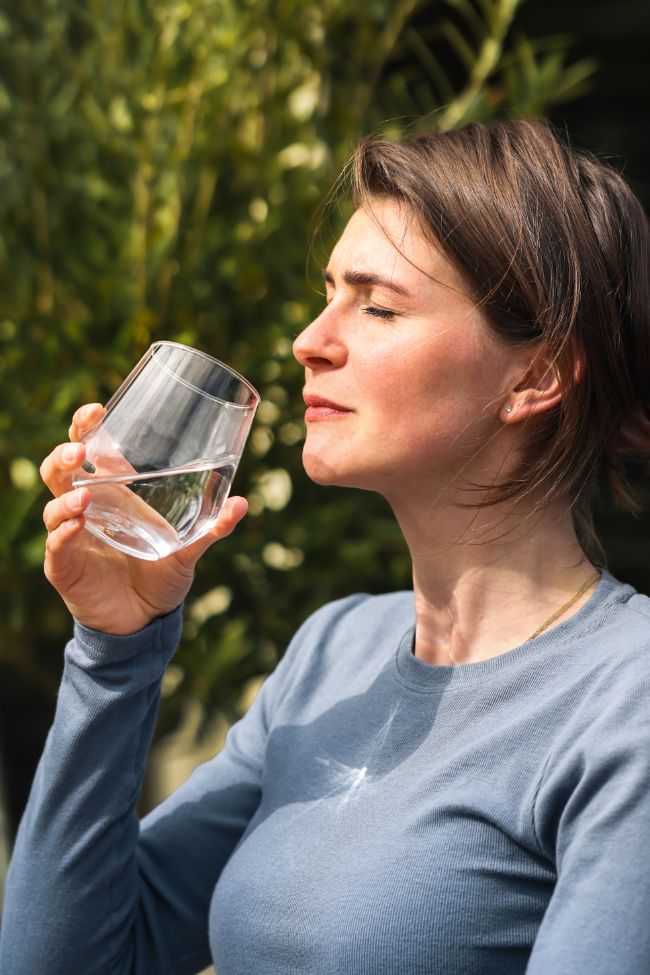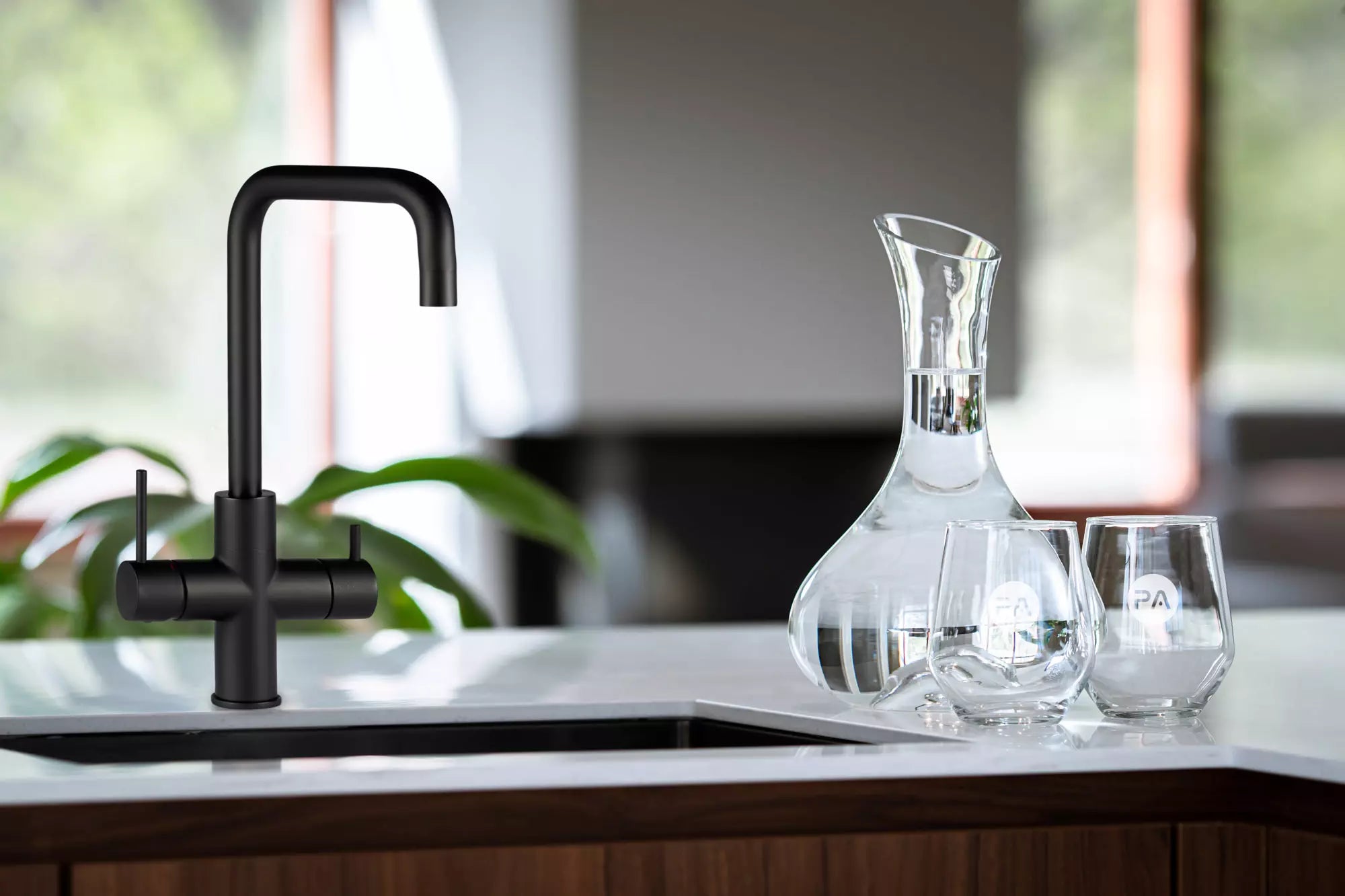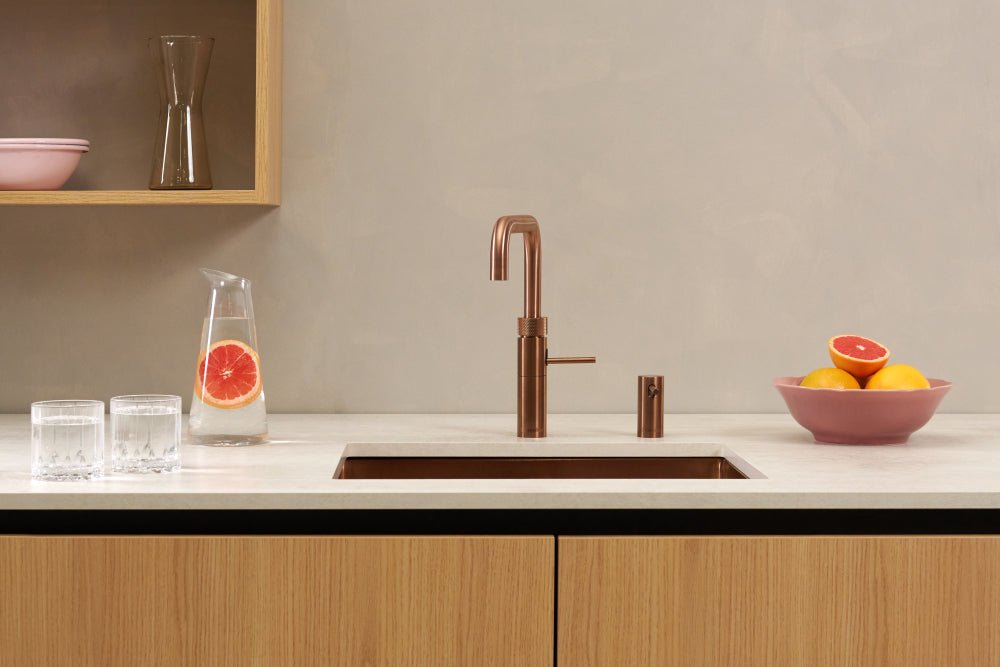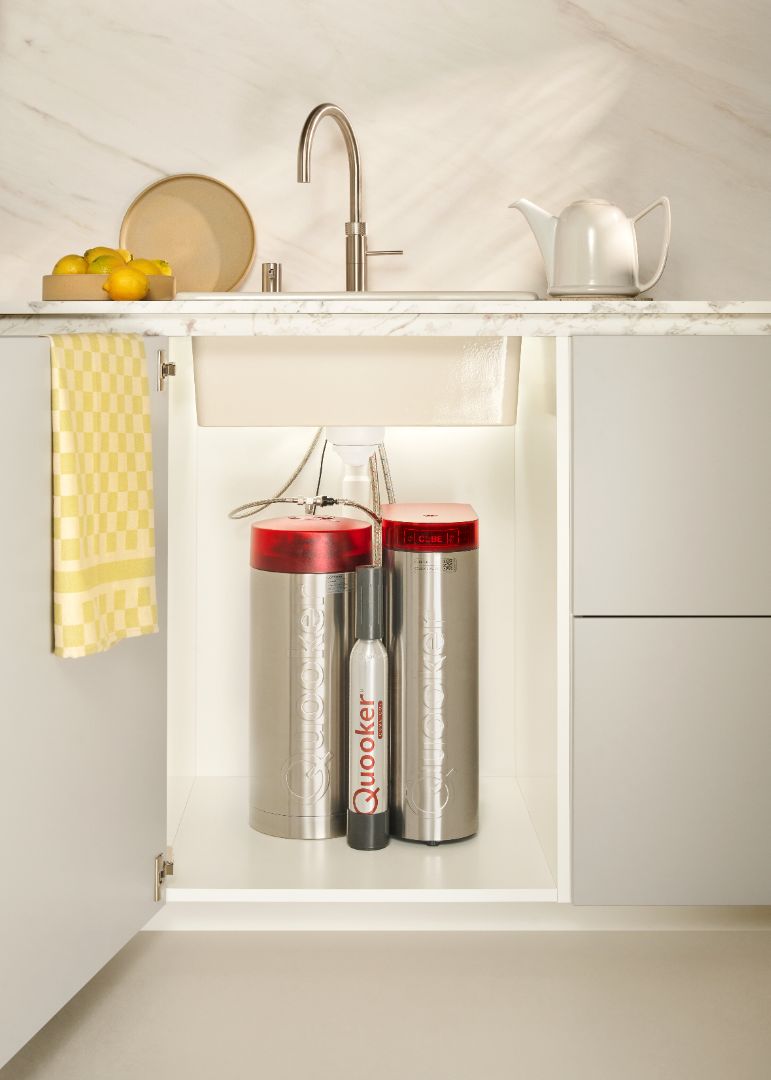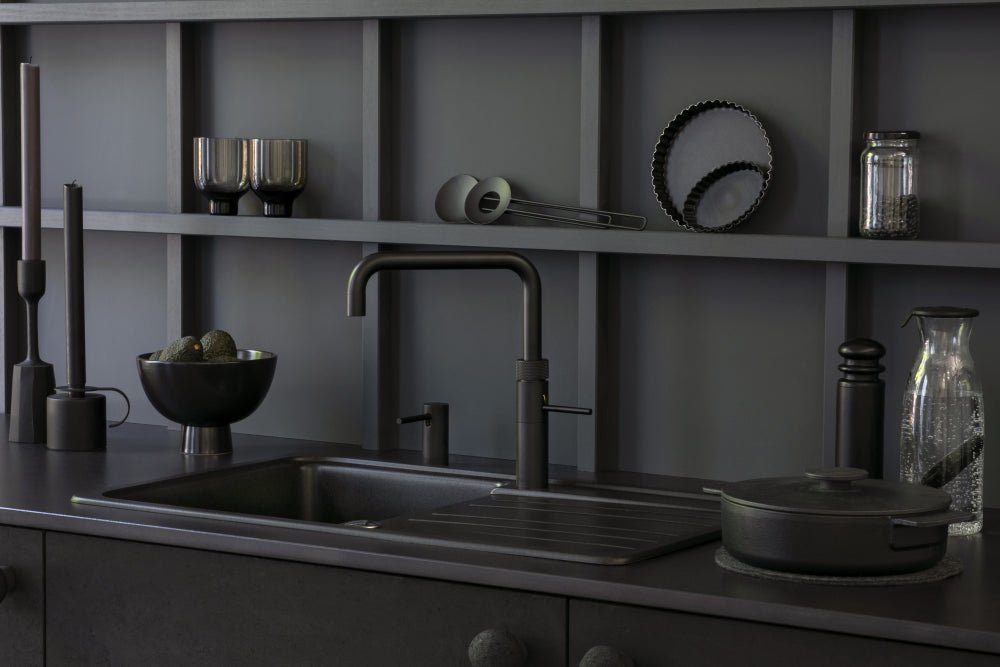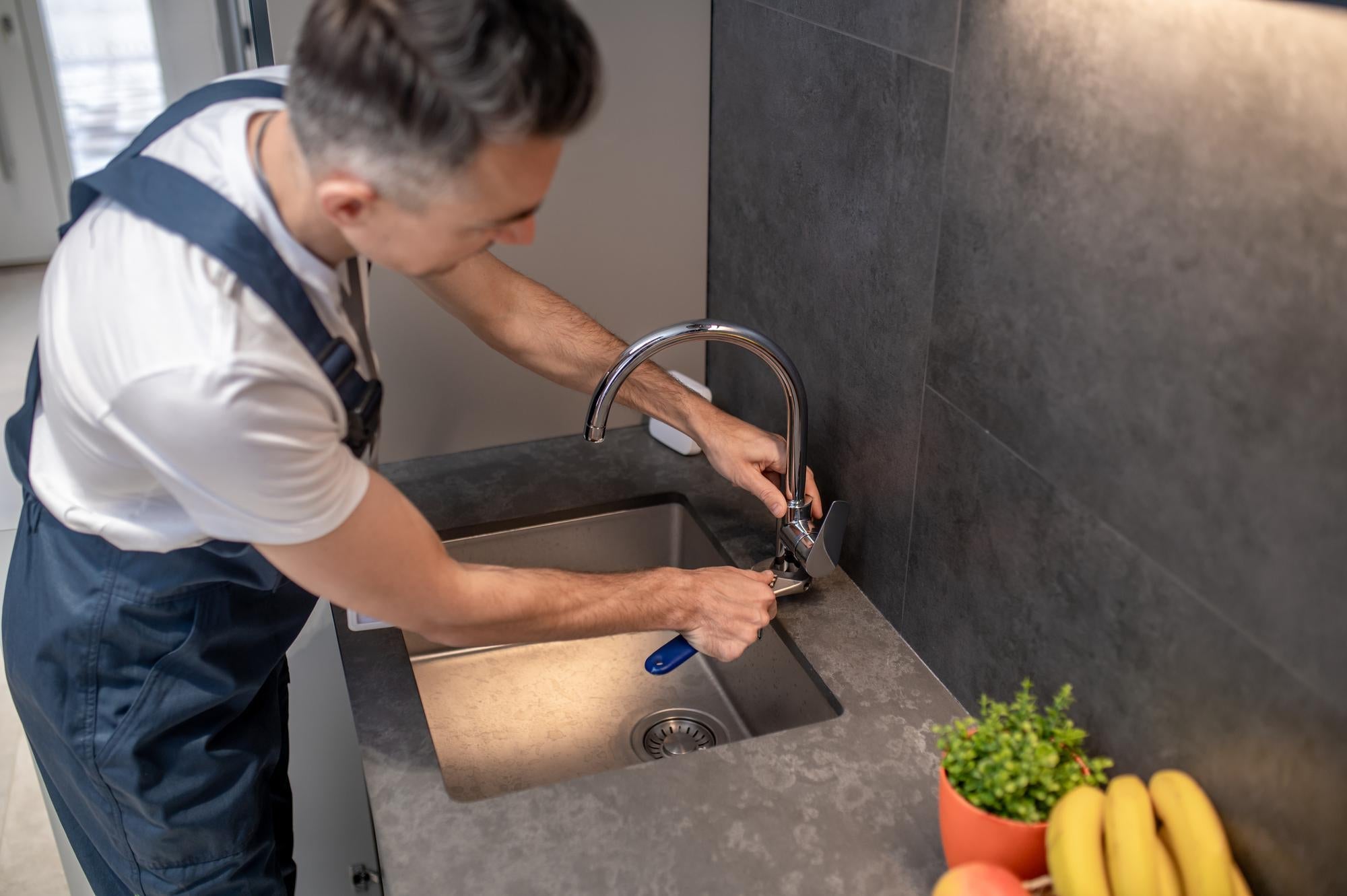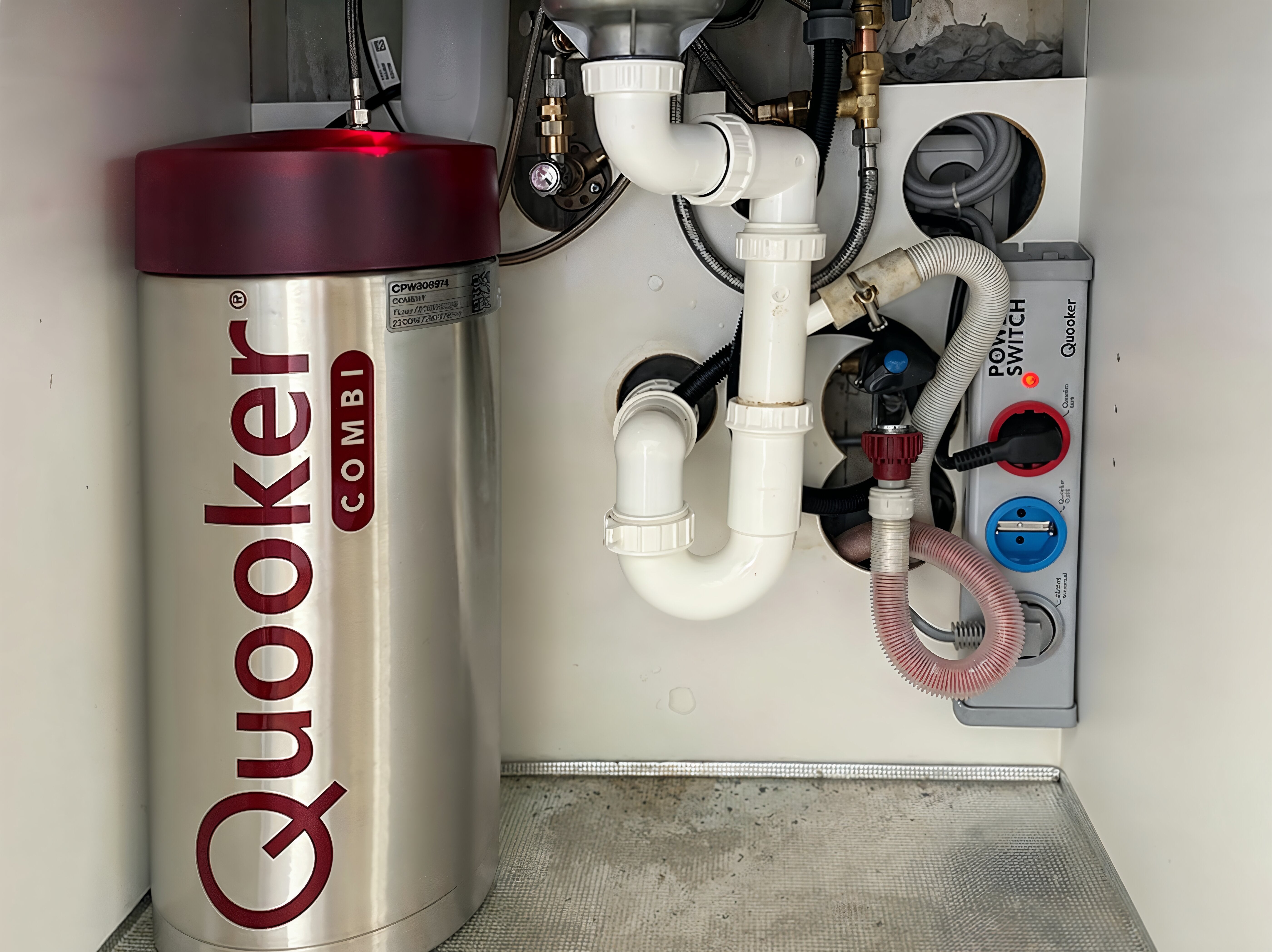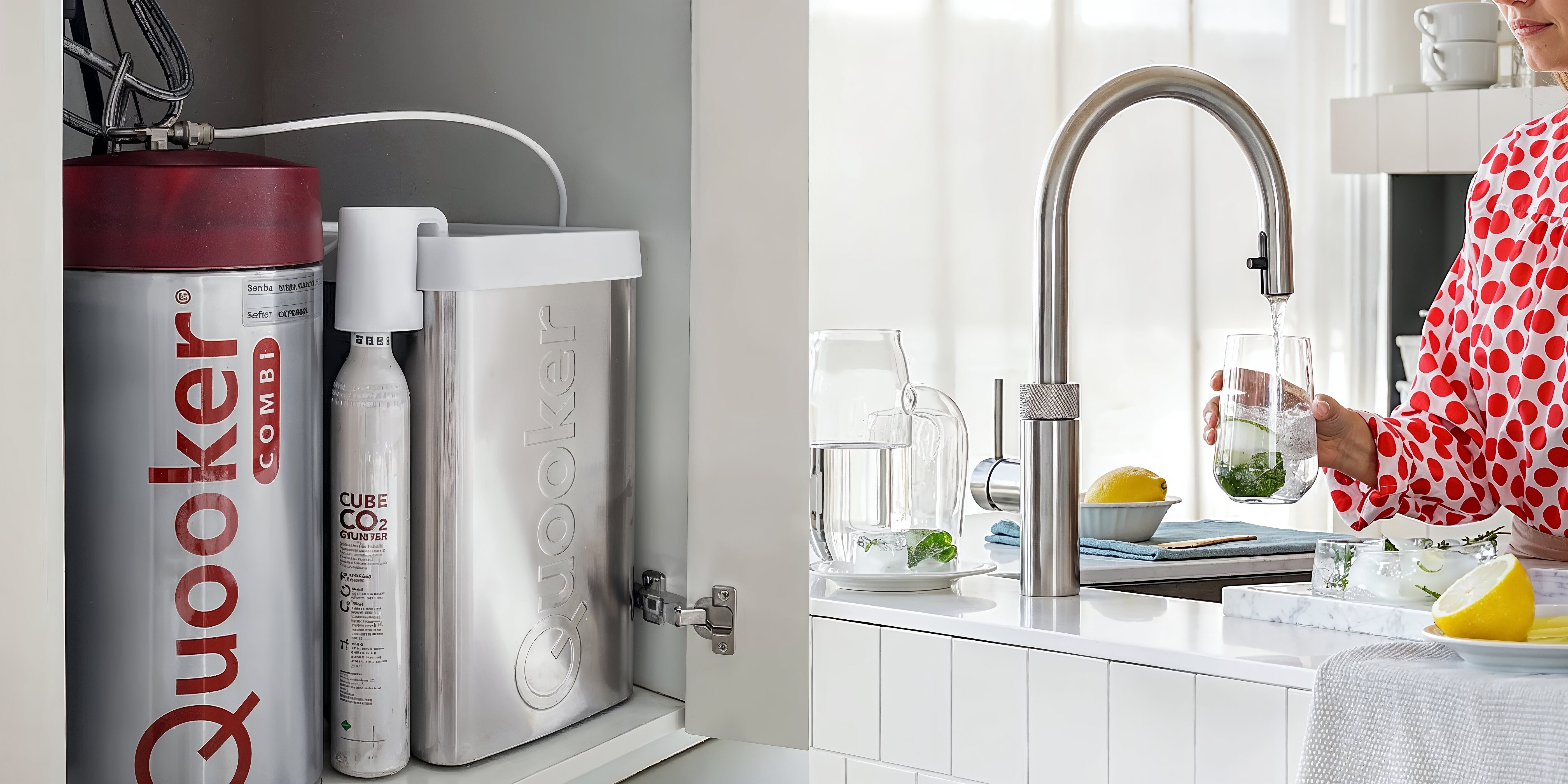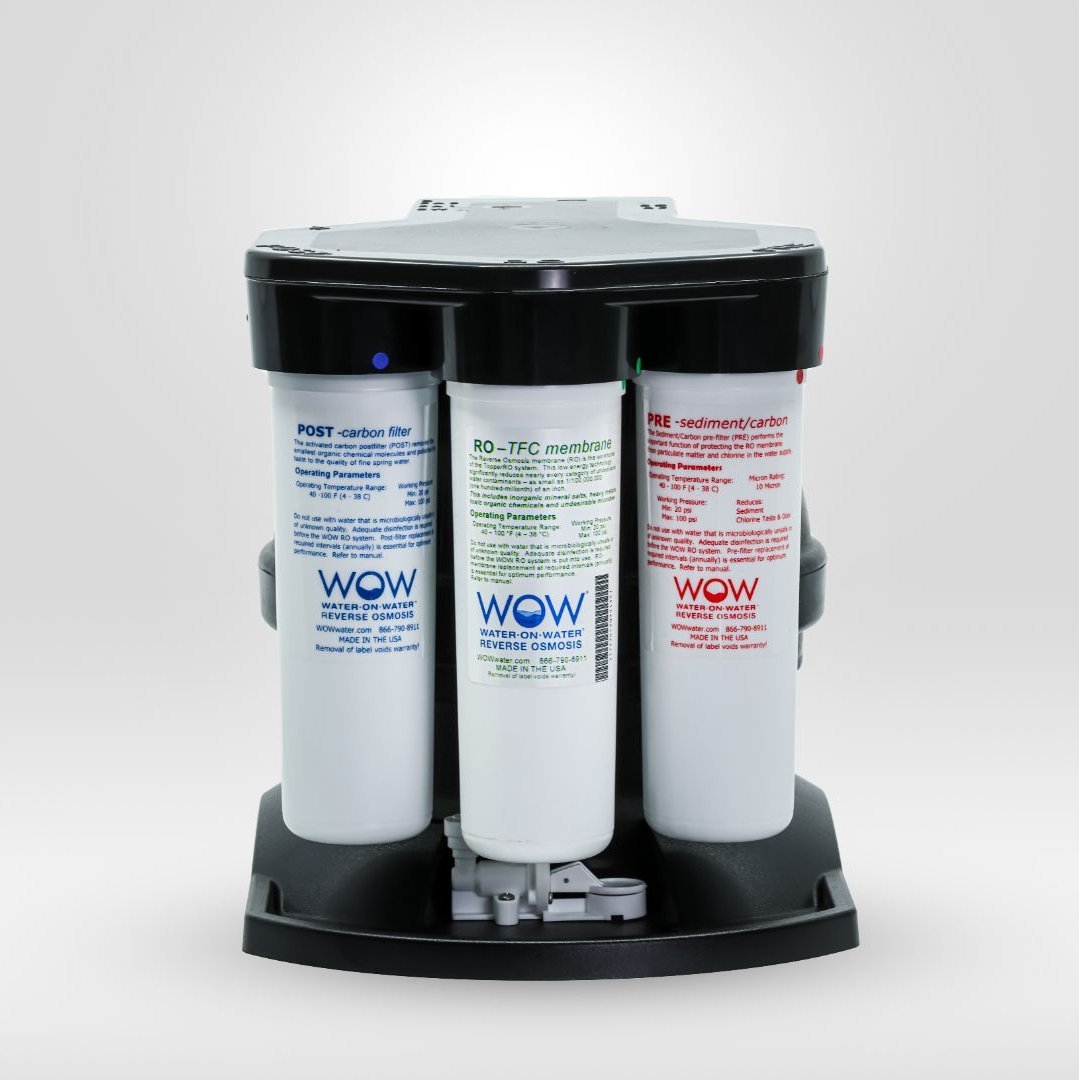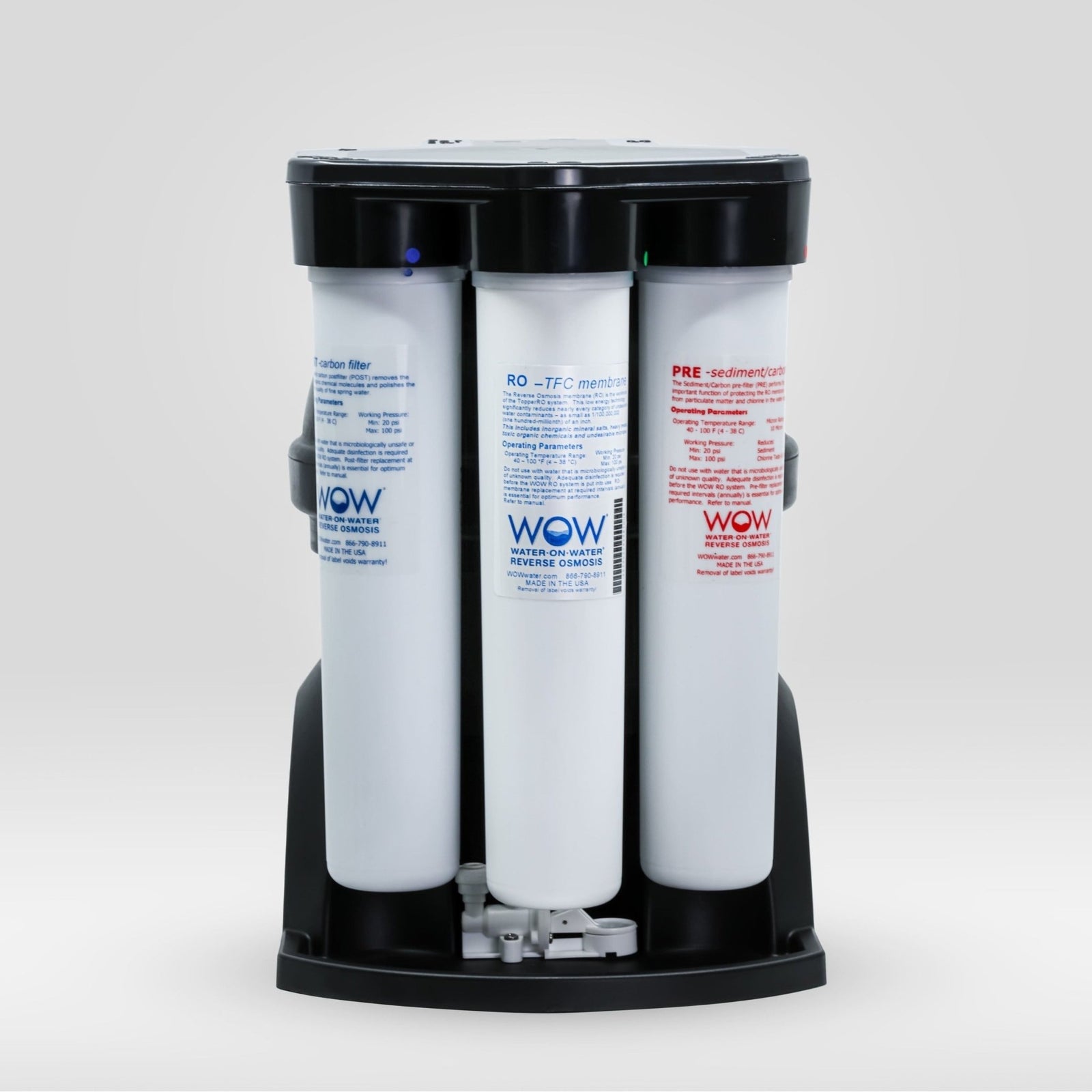When choosing a home water purification system, consumers often face a choice between two main types: direct-flow water purifiers and storage tank purifiers. Both systems aim to remove harmful substances from tap water, but they differ fundamentally in their operating principle, application possibilities, and cost. The right choice depends on your specific needs, water consumption, and budget.
How does a direct flow water purifier work?
A direct-flow water purifier, also called an "on-demand" system, filters water exactly when you turn on the tap. With this type of purifier, the water flows directly through a series of filters before exiting the tap. The heart of this system is often a semipermeable membrane that works on the principle of reverse osmosis.
The filtration process begins when water flows under pressure through a pre-filter, usually an activated carbon filter that removes larger particles and organic contaminants. The water is then forced through a reverse osmosis membrane, which allows only water molecules to pass through and retains unwanted substances. Advanced systems like The Source filter up to 99% of harmful substances from tap water.
The filtered water often then goes through a post-treatment stage with a polishing filter to improve its taste. These systems operate on water pressure and usually don't require electricity, making them sustainable. A key feature of direct-flow purifiers is that they filter water on demand, without intermediate storage.
What are the benefits of a storage tank purifier?
A storage tank purifier works differently than a direct-flow system because it stores purified water in a tank for later use. This type of system filters water continuously or periodically and stores it in a reservoir, such as the Water-on-Water storage tank, which can hold more than 5 liters of purified water.
The biggest advantage of a storage tank purifier is the constant availability of purified water. Even during peak demand periods, when multiple taps are in use simultaneously, there is always sufficient filtered water available. This makes these systems ideal for larger households with high water consumption.
Storage tank purifiers typically require less water pressure to operate, which can be beneficial in areas with low water pressure. They can also be more effective in situations where tap water contains high levels of contaminants, as the water remains in contact with the filter media for a longer period. For households that regularly require large quantities of purified water, for example, for cooking or for water filtration systems connected to multiple taps, a storage tank purifier offers a solution.
Which type of water purifier is the most cost-effective?
When comparing the cost-effectiveness of both systems, we need to look at several factors: purchase cost, installation cost, maintenance cost and long-term operational cost.
The purchase price of direct-flow purifiers is often lower than that of systems with a storage tank. Direct-flow systems are more compact and have fewer components, making them not only cheaper to purchase but also cheaper to install. They also take up less space, which can be a particular advantage in smaller homes.
In terms of operational costs, direct-flow systems often offer higher water-use efficiency. Modern systems like those from PureAqua produce up to 500% less wastewater compared to traditional filtration methods, resulting in lower water bills.
Storage tank purifiers, on the other hand, often have higher maintenance costs due to the additional components, such as the tank itself, which must be cleaned periodically to prevent bacterial growth. However, the filters in storage tank systems often last longer because they are not continuously under high pressure.
For smaller households with average water consumption, a direct-flow purifier is usually more cost-effective. For larger households or situations requiring large quantities of purified water, a storage tank purifier, despite the higher initial investment, can be more cost-effective in the long run due to the lower operating costs per liter of purified water.
Did you know that our IAMPO water filter systems are NSF/ANSI 58 certified? This guarantees that they meet the highest safety standards for drinking water purification.
When making your choice, it's important to consider your specific situation, water consumption, and the quality of your local tap water. Both types of water purifiers have their place in the market and offer excellent solutions for obtaining pure, healthy drinking water directly from your own tap.
